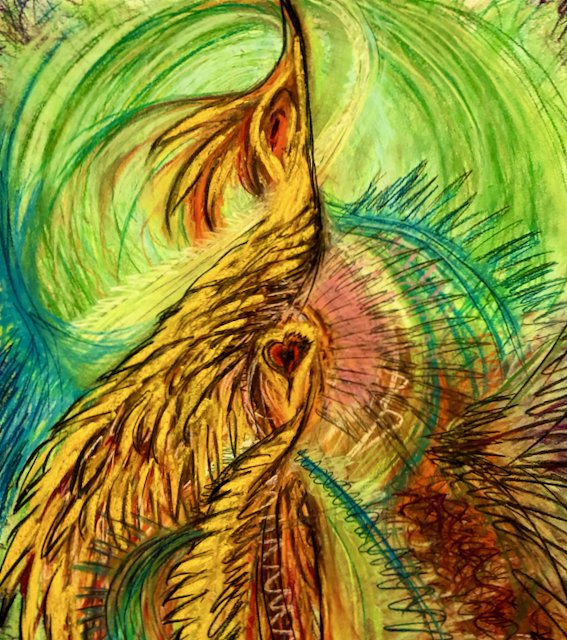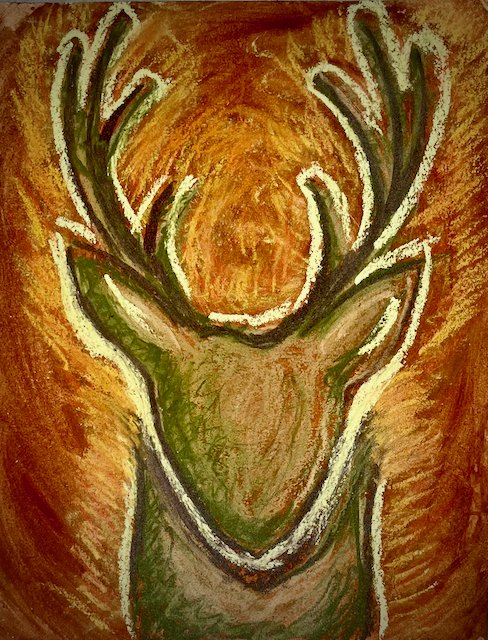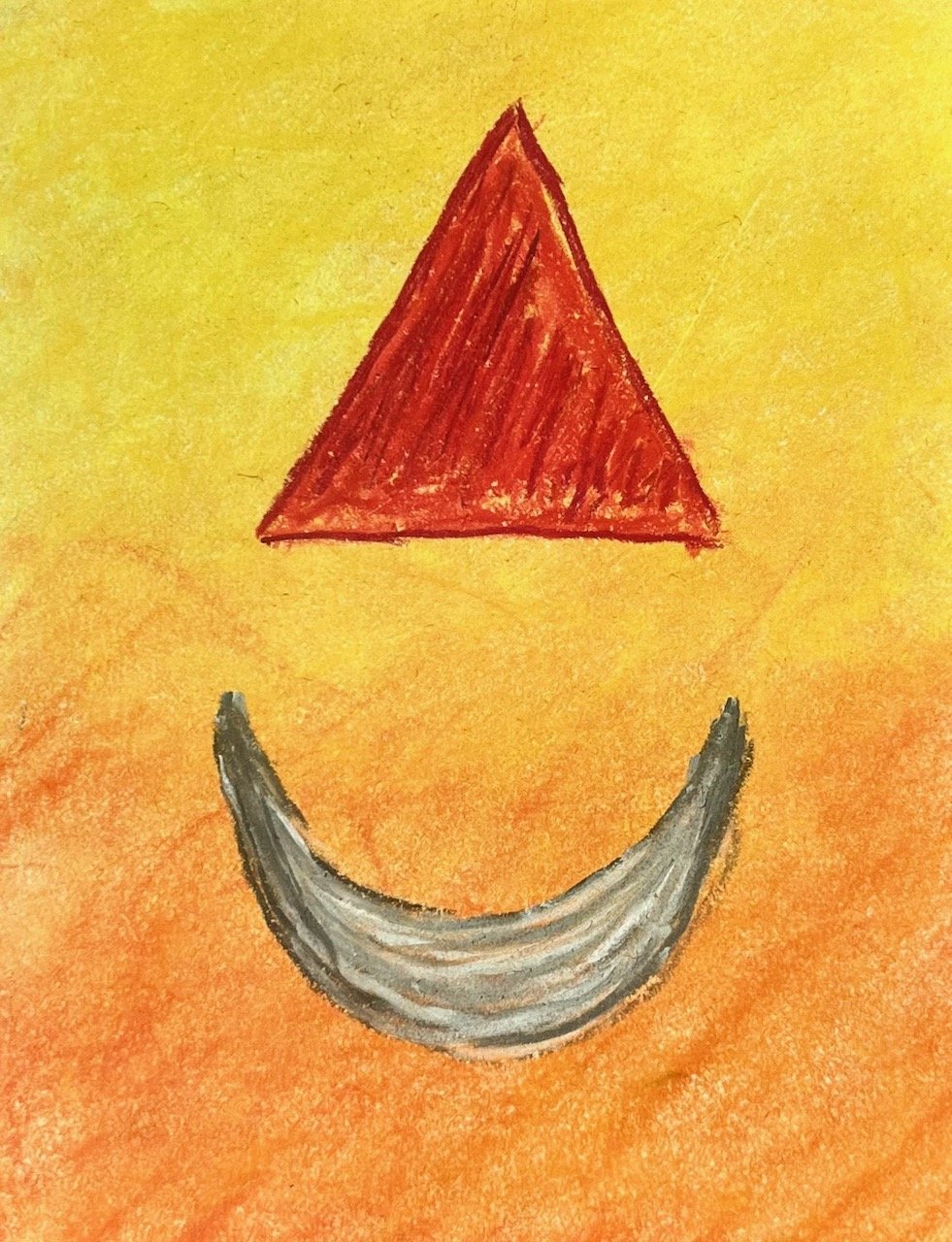Enter Summer’s Fire: Lessons on responsible power and transformation
On the cusp of June, spring’s freshness still lingers. New blooms, fresh growth, passion and energy have ignited in the sun’s warm glow. Our motivation feels charged. We’re ready to be out in the world, to play, connect and enjoy.
Yet we’re already getting a taste of the dog days of summer. When the fires of summer burn hot and spring’s cooling touch is long gone. Suddenly all the activity that felt so invigorating seems daunting. We become stressed, and our vigor is sapped. Overheated, overgrown and overwhelmed we burn out. Or in frustration — we flare out. For relief, we turn our hopes to the cool dark of fall and winter to chill, literally and figuratively.
Of course, this seasonal macrocosm plays out in microcosm in our own lives countless times throughout the year: We want something, we take action, and hope for the best. Some small actions result in a quick and clear pass or fail. But most significant actions or endeavors require continual maintenance.
In these cases, the success of our actions, and the worthiness or our pursuit may not seem so clear. Did we make a mistake? Are we on the right track? Should we keep going? Should we turn back and correct something? Do we try harder? Should we start over entirely?
These latter questions get to the heart of responsibility. And they get to the heart of the season and the teaching of fire.
As we all know, fire (like it’s symbolic counterpart, power) must be managed — and they must be managed responsibly. Both forces are alchemical. They are highly attractive and transformative. Yet when neglected or indulged, they become damaging, dangerous even deadly. In some languages, the words for ‘power’ and ‘danger’ are exactly the same.
As such, Fire and Power are fearsome. Our lives and world are rife with examples of the misuse and abuse of power on small and grand scales. When impassioned fires of ego, frustration, self-righteousness, entitlement, greed, self-aggrandizement, anger, wrath, or revenge burn — they can rage out of control. Because of this, some try to avoid or deflect responsibility for fire/power entirely. But this avoidance is mismanagement as well. We may not burn things up, but our lives, endeavors or relationships may feel cold, lifeless, passionless or stagnant.
We don’t have to be world leader, or belong to any particular demographic to wield (or misuse) power. Power comes in many forms, and we all have innate fire/power to some degree. To deny the existence of our power — or our capacity to misuse it from time to time — is to deny responsibility for ourselves, our life direction and our impact. It also denies us the beauty of fire which is meant to transmute worn out habits into vitality. Fire gives us the courage and stamina to make positive change for the highest wellbeing of ourselves and others.
Learning from nature and ancient wisdom
The Celts, amongst other traditions, honored the highest expression of Fire. They knew that the teaching of Fire was not just about the glamour and magic of power itself - but it was about responsibility and maturity of managing our inner fire or inner power. The animal they chose to represent the realm of the South (home to Fire and symbolic of summer) is the Stag. If you notice, they did not choose a dominant, intimidating apex predator to represent Fire, but instead a creature of stoicism and stamina. Similarly, the Zuni tribe of North America chose Badger as the guardian of the South. Badger symbolizes fierceness, yes, but more importantly it signifies groundedness and perseverance.
The Celts (among other ancient peoples) understood that this stoicism and endurance didn’t just appear by luck or grace - it was earned. And they celebrated this process through ritual.
Beltane, sometimes known as May Day on May 1st, is a festival of fire, fertility and games. We just passed through this point of the year as we head to the summer solstice. Beltane honors the full aspect of fire: the vigor and passion; will, discernment and determination; and transmutation.
At the time of Beltane, Fire’s vigor and passion is evident in the natural world where flowers are blossoming and new life abounds. This is celebrated ritualistically through the archetypal union of God and Goddess. In this symbolic ritual, the God could win the Goddesses hand only after successfully completing a series of challenges. To be successful, the Goddess must deem his efforts to be grounded in integrity and honor.
Through this ritual the principles of fire are taught. The archetypal God channels Fire’s teaching of passion, courage and will, while the archetypal Goddess grounds Fire’s excitable expression though it’s teaching of discernment and responsibility. In so doing, the element of Fire is balanced; worthy intention or commitment can then be formed, and right action taken.
Note that Beltane was not considered an appropriate time for marriage itself. Rather, it was a time to state intention, renew vows, or even divorce. In this, Fire’s teaching of transmutation is recognized. Fire, and the process of keeping a fire, changes those involved. Sometimes those transformations are sustainable and compatible — they make a flame grow stronger. Sometimes the opposite is true — the flame becomes dangerous or it burns out. The yearly celebration of Beltane revisited these commitments and actions anew — again channeling Fire’s aspect of discernment, determination, and initiation to invoke needed change.
Of course, we are not meant to view Beltane or its rituals literally, especially in terms of gender roles. Nor should we think Fire’s teachings apply to the example of marriage or partnership only. Instead, each of us - regardless of gender - are meant to cultivate and balance the different aspects of fire within ourselves.
This ancient festival recognizes the continual necessity of beginnings, continuances, endings and reinvention. It provides a practical model that helps people consciously engage with the inevitability of change and transmutation in a courageous, empowered, honorable way.
A spiral of empowered growth.
This cyclical model contrasts distinctly from more modern linear standards of ‘pass/fail,’ with a heavy emphasis placed on ‘ends’ and less care devoted to the ‘means,’ (hence the phrase “the ends justify the means”).
In our modern model, we tend to pursue (and even become addicted to) the power surges gained through the ‘ends.’ Achievement of some object, goal or standard. We envision these external ‘wins’ lifting us to higher and higher altitudes, and we sense devastating power loss, or become disconnected from our sense of power entirely if we sense a fall from these heights. After this, we can feel directionlessess, shame or even fear. With this fear, there can powerful drive to ‘win’ at any cost to avoid ‘the fall.’ Or the fear can cause a kind of freeze — where it can be hard to get started at all.
In a spiral or cyclical model, there is as much focus on how things are done as what is done. A person doesn’t really soar to new heights, or fall from them as much as they walk along the path trying to stay as whole and well rounded as possible along the way. As one walks the spiral path, they remain centered in core values while expanding toward highest intentions. There is an understanding and expectation that you will come full circle back to the start, but from a more elevated place. From here you can check and adjust to ensure integrity of the whole.
Seeing our growth toward empowerment in this way allows for forward motion as well as expansion. It honors Fire’s teachings, the lesson of the season, about balanced and responsible power.






